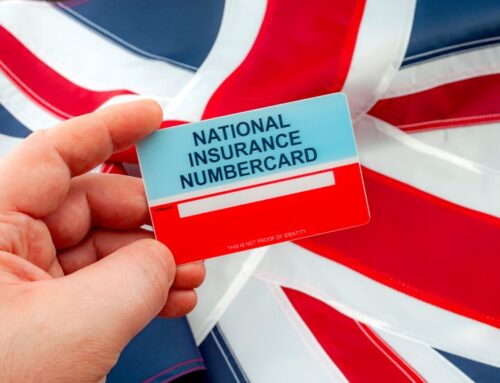If your total assets exceed £325,000 then the excess will usually be subject to Inheritance Tax (IHT) at 40% when you die. A reduced rate of IHT of 36% applies where 10% or more of a deceased’s net estate is left to qualifying charities or Community Amateur Sports Clubs (CASCs).
The net value of an estate is the total value of its assets (gross value) after deducting the following:
- Debts and liabilities
- Inheritance tax reliefs
- Exemptions such as assets left to a married or civil partner
- All items below the current £325,000 IHT threshold.
If you are considering making a charitable legacy this can make the process very tax efficient and significantly reduce the 'cost' of your charitable donation. It can also be a worthwhile exercise to review your will and see if your estate will qualify for this relief, especially if you are at or near the 10% limit.
Remember, the 'net estate' value on which the 10% figure is based is after all relevant deductions. So, if the value of your net estate was £100,000, the estate would have to pay IHT of £40,000 (£100,000 x 40%). If a charitable legacy was left of £10,000, then the remaining chargeable assets in the estate of £90,000 would pay IHT of £32,400 (£90,000 x 36%). This represents a saving in IHT of £7,600.
It can sometimes be a complex procedure to ensure that an estate qualifies for the reduced rate of IHT. The value of certain charitable gifts (such as a piece of land) must be calculated to establish whether or not the 10% test is met. It is possible for an election to be made that the estate does not pay the reduced rate of IHT. This could happen where the administrative costs, such as valuing assets, outweigh the benefit of the reduced rate of tax.





